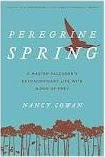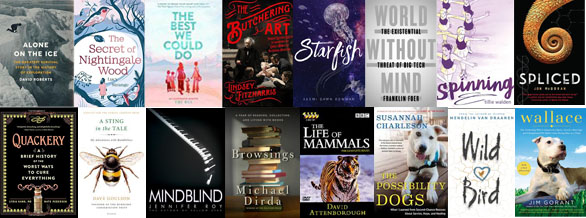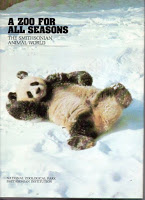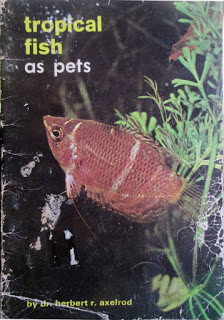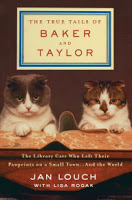A Master Falconer\’s Extraordinary Life with Birds of Prey
by Nancy Cowan
The more I read about falconry, the more it fascinates me. This was one of those books that engaged me so much, I just couldn\’t read it fast enough. The author and her husband keep and fly birds of prey. Through this book Cowan shares many of her experiences with a variety of hawks and falcons. I learned so much about them. How they are raised, trained, rehabilitated, the differences between flying a hawk and a falcon. It was also really interesting to me how dinstinctly the birds behaved towards people according to their origins- those that were caught from the wild, born in captivity but hand-reared by humans, bred and raised by their own parents, or older trained birds transferred to a new handler, all so different. Each bird had its individual traits which required close observation and fine-tuned response by the handler. Cowan explains the birds are not pets but hunting partners. Some of them they hunt in partnership with bird dogs, that was really cool to read about. She and her husband worked for over a year with legislation to establish falconry as a legal sport in New Hampshire when they moved there, so they could fly their birds. Later she worked again through a lot of legal forms to apply for a rehabilitation license, to take in an injured bird of prey that would benefit from being flown by a falconer. She and her husband established a school of falconry, and spent many hours as volunteers conducting demonstrations and outreach programs to teach children and the public about the birds. So many stories, so many details. One very interesting chapter about efforts to relocate peregrine chicks to a new nest site that was safer (the parent birds had laid their eggs on a very narrow skyscraper window ledge). Sometimes close calls and near-accidents; injuries, lost birds, occasionally death. But the thrills and fierce joy all worth it. If I ever have chance to observe a flight demonstration again, I will watch more closely to see if I can note some of the behaviors and responses described to me in this book. I\’d hope to understand a little better what I see, from what I have read of others\’ understanding.
Borrowed from the public library.
Rating: 4/5 265 pages, 2016
